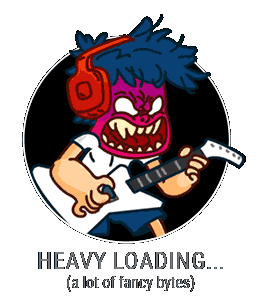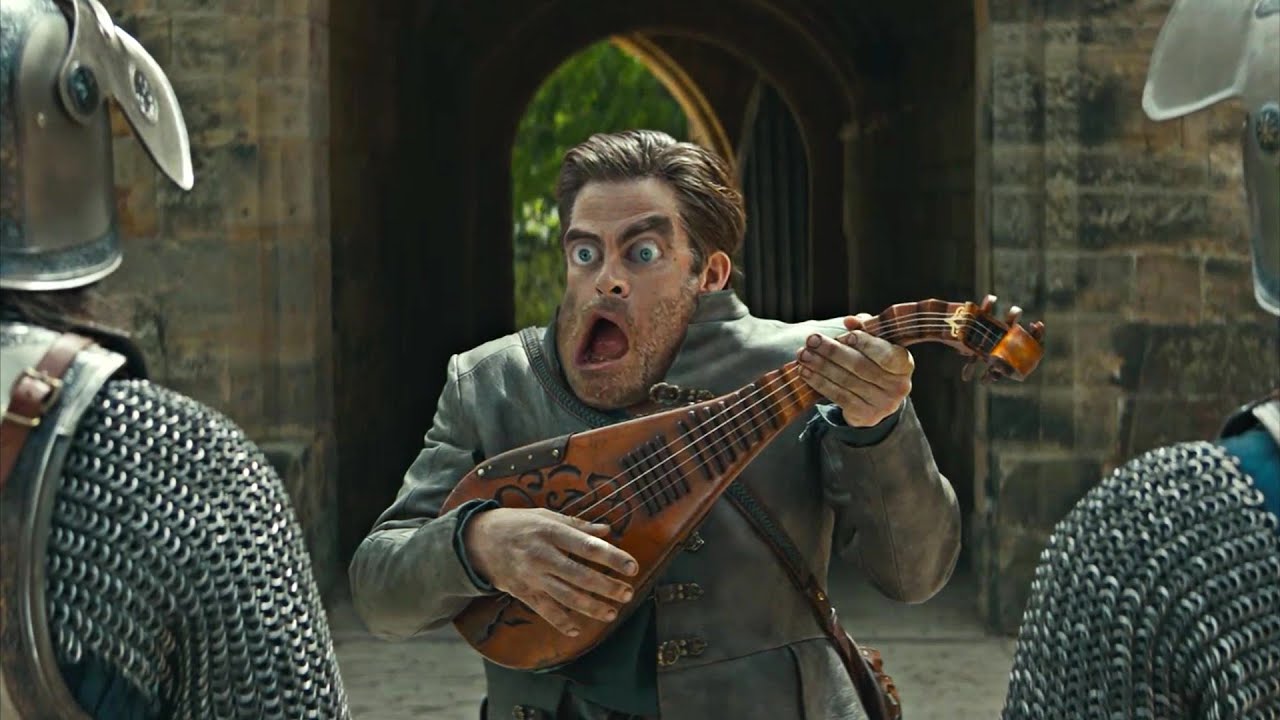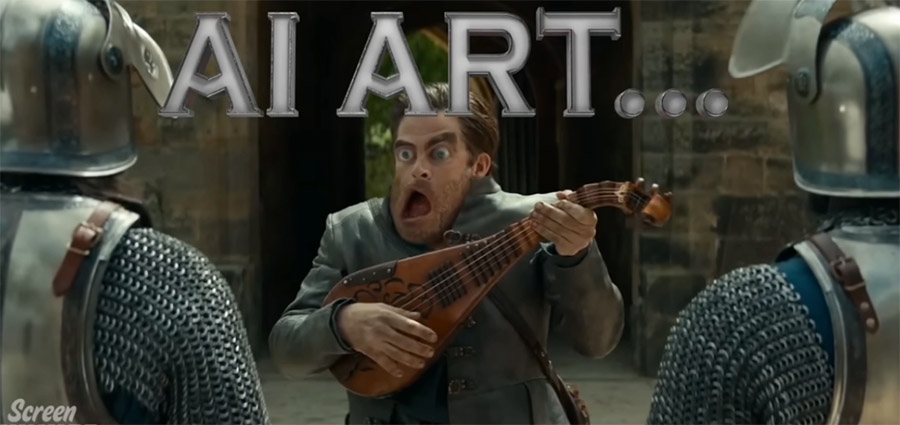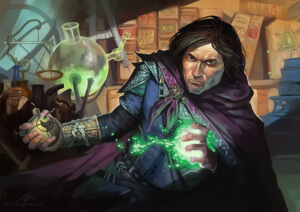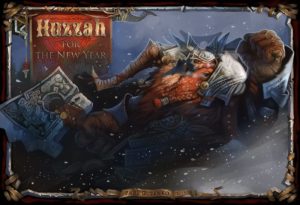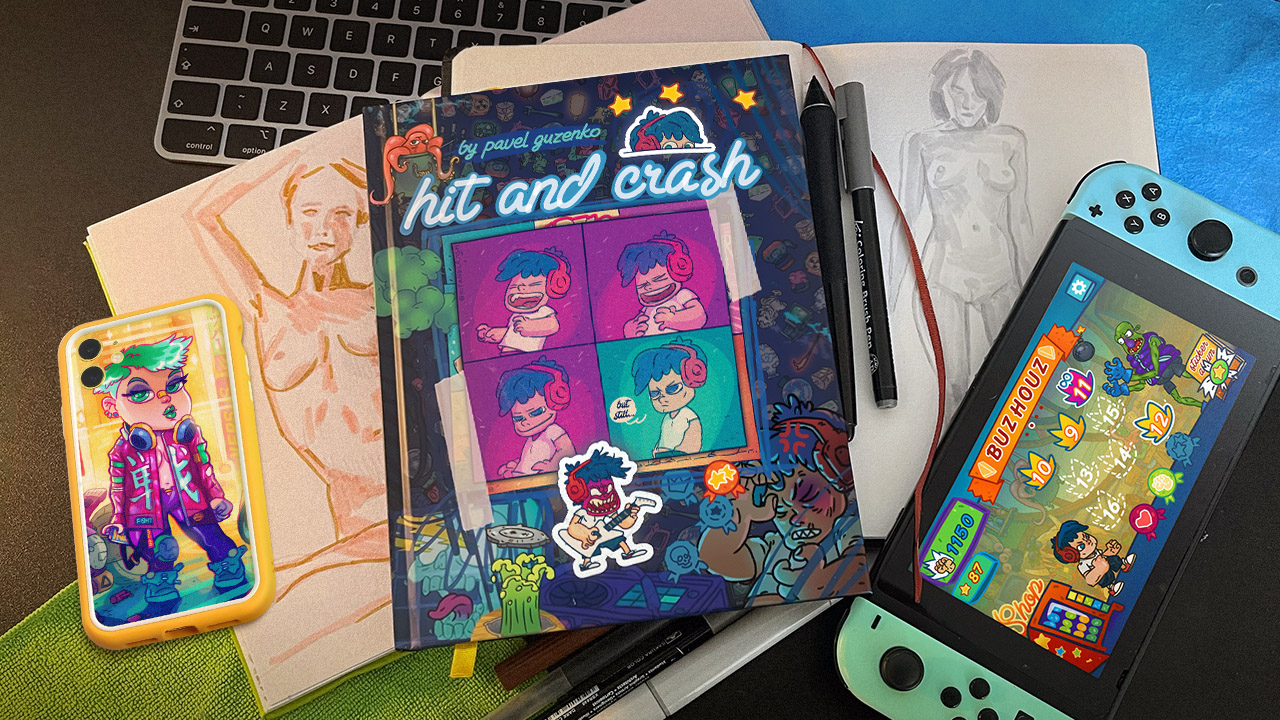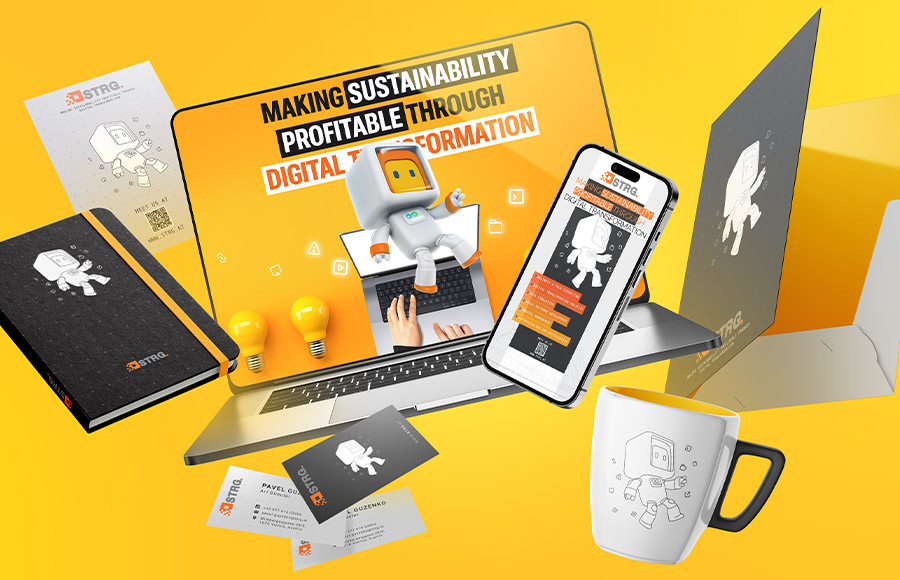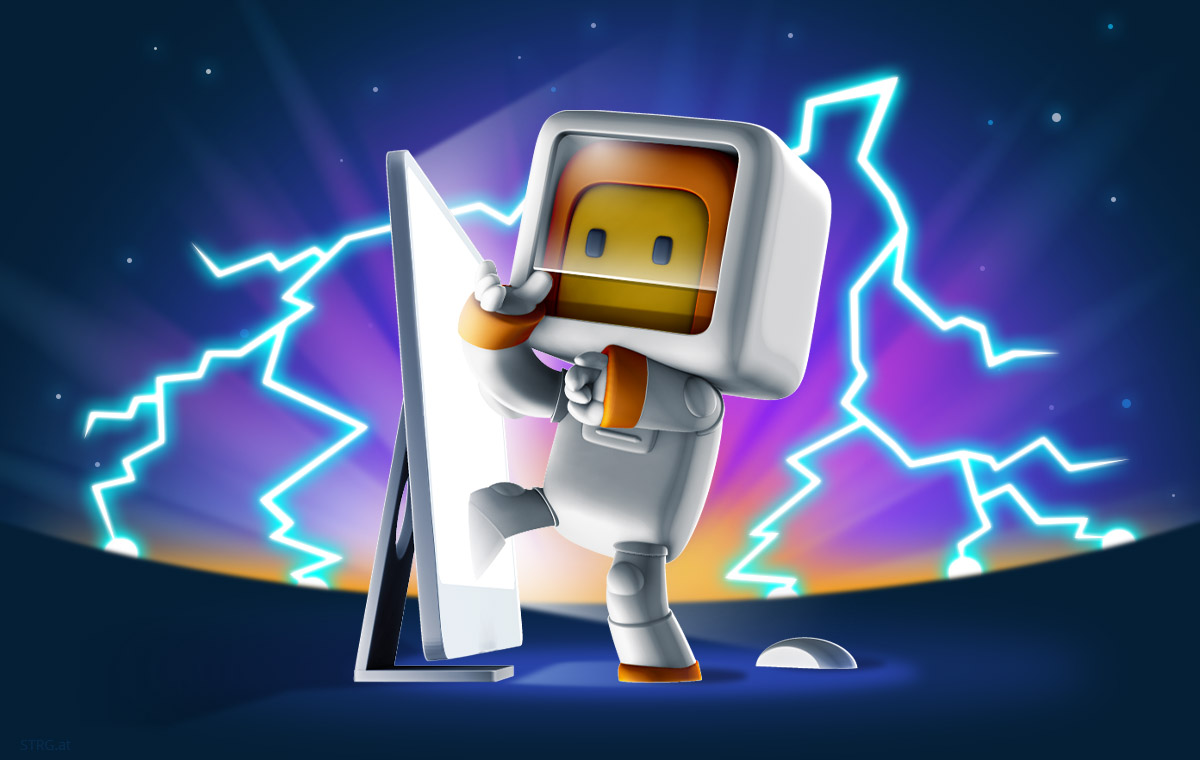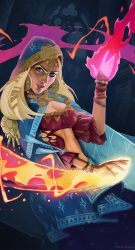I recently rewatched Dungeons & Dragons: Honor Among Thieves and was reminded of how fun and entertaining it is. It perfectly captures the spirit of tabletop games with iconic characters like the Owlbear, Paladin, Gelatinous Cube and many other characters and monsters. Even the wizards are portrayed in a fun and interesting way. Despite its charm, the movie wasn’t a major financial success, earning only about 1.4 times its production cost. In contrast, other more formulaic movies from Marvel or fantasy films like Damsel (2024) have been more successful, despite lacking the same creativity and fun. It’s ironic, but this shows that simply relying on efficient tools and recycling what already exists doesn’t guarantee a quality product. While it may lead to more profitable results, it doesn’t always result in something truly creative or of lasting value.
In the past few years, AI has become a hot topic in both social and news media. Yet, despite the buzz, it lacks clear definition, and I often wonder why it occupies so many minds. AI feels like a byproduct of social media, growing within its digital bubble.
As an artist, the visual aspect of AI development is what matters most to me. Initially, I was frustrated by the public’s perception of generative AI as the end of human-made art. People have always sought tools to reduce repetitive labor and free up time for creativity. Not the opposite! We can’t ignore the work of artists and designers who shape every product and experience, from everyday items to complex designs. So why should we undervalue this work and dismiss it as obsolete?
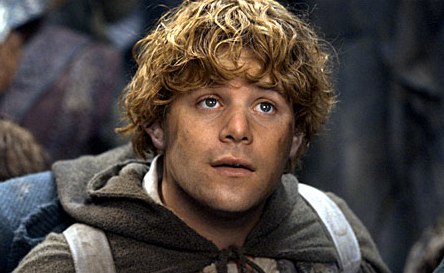
Over time, I’ve realized that AI’s impact on the visual industry is more complex than how it’s portrayed on social media. Take the film industry, for example. Some might say that even James Cameron joined the board of Stability AI, but I see it not as a creative move, but rather as a strategic one to be in the cockpit of these industry changes. With the rise of AI-generated content on platforms like YouTube, where the lines between creativity and automation are increasingly blurred and the growth of startups developing open tools for creating films and clips quickly and cheaply, by recycling vast amounts of data, could fundamentally reshape the industry. The figures like Cameron want to be in the room when decisions are made.
However, I’m reminded of Peter Jackson’s use of AI in The Lord of the Rings: The Two Towers (2002) to create battle scene with thousands of solders, which was revolutionary at the time. While such work would be easier to accomplish today, Jackson’s excitement was rooted in the fact that the technology was groundbreaking at the time, and they were the only ones using it to create something new.

Generative AI today mostly recycles existing visuals, pushing copycats to the top of social media streams. But true creative work comes from the desire to innovate and create something new. While I may not have multimillion-dollar budgets, I believe the same principle applies: creative professionals as artists, designers, and other specialists are most needed when there’s a genuine need to create something that hasn’t been done before or is specifically tailored to a project, not when the goal is to repeat what already exists.
The cover image is from the movie Dungeons & Dragons: Honor Among Thieves
How AI was used in Lord of the Rings
Peter Jackson’s interview
My opinion on Generative AI
Dungeons & Dragons: Honor Among Thieves trailer
Honest trailer on Dungeons & Dragons: Honor Among Thieves
Ethical concerns about (AI) Image Generators usage
Risks of generative AI by The Alan Turing Institute
